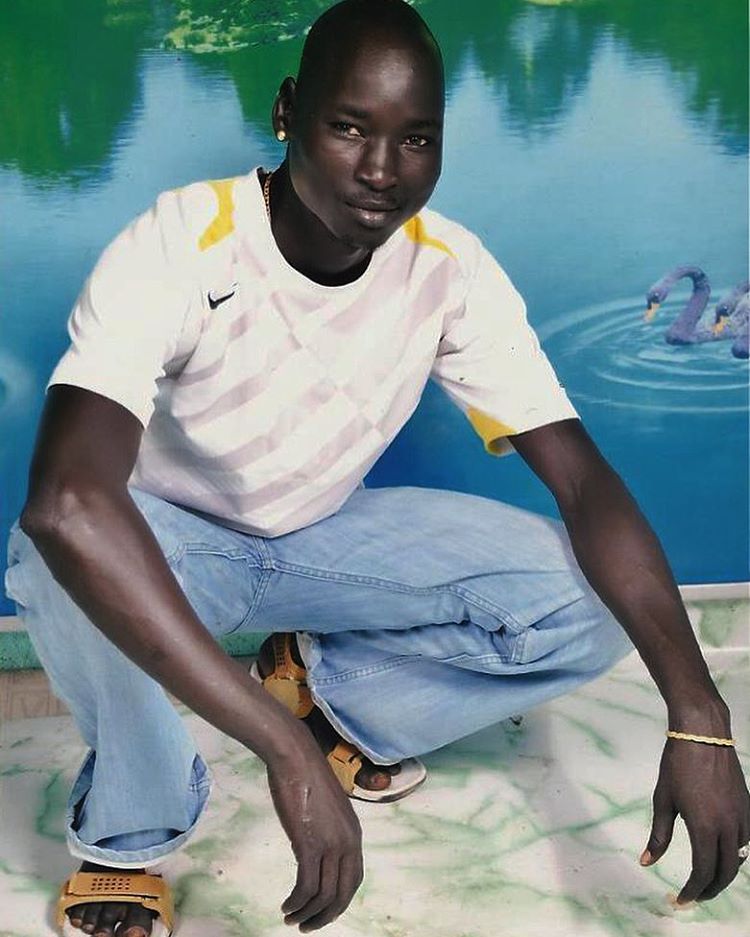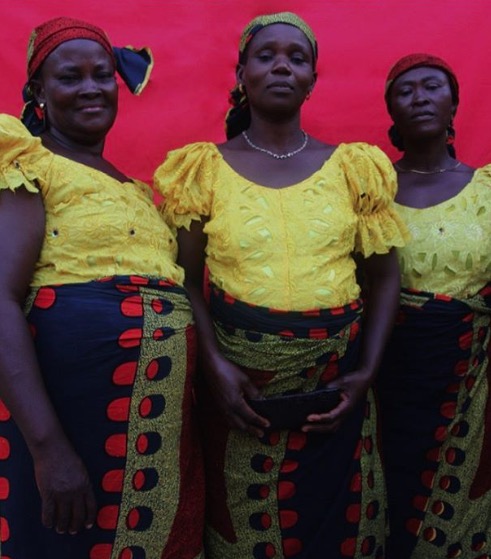Ruth Ossai
Ruth Ossai is a photographer known for her portrait and studio photography that celebrates African Identity, particularly Nigerian identity and culture. Born in Nigeria, her photography works as a form of collaborative storytelling with her subjects—a collaboration often missing from the voyeuristic and pervasive Western lens. Ossai’s works present more honest narratives with complexity, beauty, and plurality both in a collective and individualistic sense. Her photography equally stuns in its power and brings forth a strong sense of joy.
Your photography of West Africa offers a myriad of various identities and personalities often neglected by the media when portraying Africans and Africa as well. You have often spoken about the importance of Nigerians (and other Africans) having control of their narrative, particularly concerning stereotypes and stories in the media. With this in mind, what is the main narrative in your photography and how do you balance this with that of the narratives of those in your photos?
I would say one narrative of my photographs is about representing Nigerians as they are, showing how beautiful naturally we are, while preserving my own aesthetic and identity. I usually ask my subjects how they would want to be photographed, what they would like to wear etc, or on the other side they tell me straight away “I want to be snapped in this/like this”, which I love! If I know I want to photograph someone and if (or if not) they want me to photograph them in a particular way, we usually go to their home, they get changed and we have a mini photo-shoot. It is a very personal relationship we create with my photographs. My photographs are all about my subjects, I love my subjects to have an input too and give them the power in the image, that’s how I balance their narratives and their own voices in my photographs. Very often “western” photographers of Nigeria in the mainstream media give little or no power or voice to their subjects.
With my work I believe I try to show texture, depth and love. [I also try to show] the strength, tenacity and ingenuity of eastern Nigerians in order to celebrate Nigerian identity and to also give a visual insight to others.
Some of your photography consists of studio photos and incorporate cheeky photoshop elements. Why and how do you come up with the often tropical and endearingly gaudy backdrops?
I have always loved old Igbo gospel videos, Nigerian homemade DVDs (weddings, burials, ceremonies etc) and Nollywood films. I could watch them all for hours, but I chose not to have a TV so I can’t. This is my main source of inspiration when it comes to my backdrops and editing. They always have these amazing special effects with different backdrops, scenes and effects, graphics and typefaces.
““It is a very personal relationship we create with my photographs. My photographs are all about my subjects.””
If you had to create a playlist (i.e. sounds, songs) to listen to while looking at your photography of West Africa, what would be on it?
There are too many to choose from. I would call the playlist “Snap and chop Eba” …but you have to look, dance then eat!
Ogene music from Nsukka
Prince Chijioke Mbanefo - Ife Ji Malu Obodo
Splash ft. Charass – Onye
Mike Ejeagha - Ka Esi Le Onye Isi Oche
Flavour Nwa Baby Remix
Terry G - Sangalo pt 2
Ebube Dike- Igbo Praise mix
Timaya ft. Don Jazzy - I Concur
Harrysong – Reggae Blues
Duncan mighty – Obianuju
Queen Theresa Onuorah - Ijele Elubego mu n onye ga agba egwu
Slowdog - Aka Gi Remix feat Phyno
Prince Gozie & Njideka Okeke - Jesus Nwa na Nma
Phyno – Fada Fada
What to read next






















